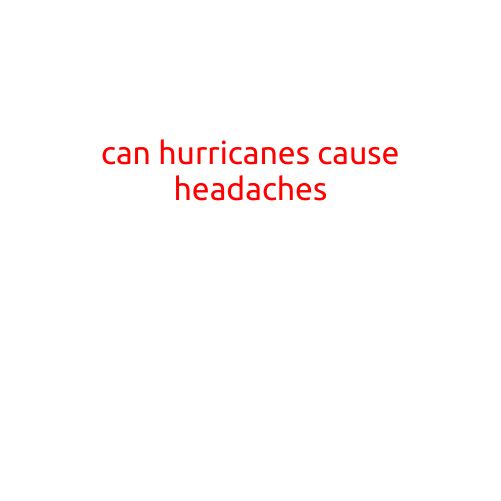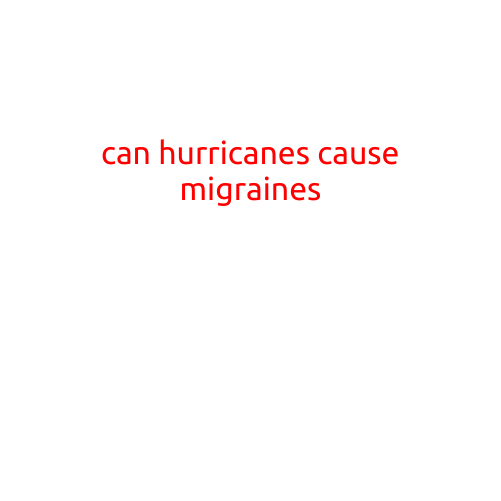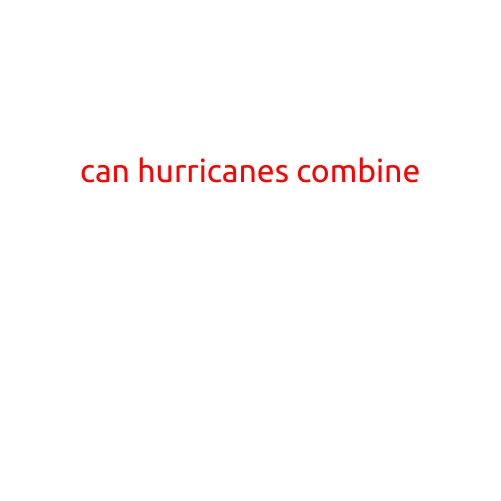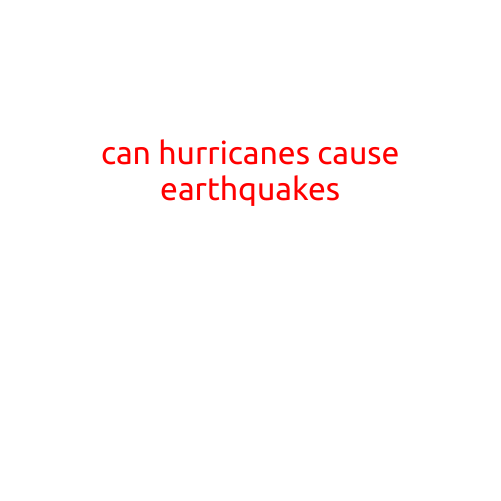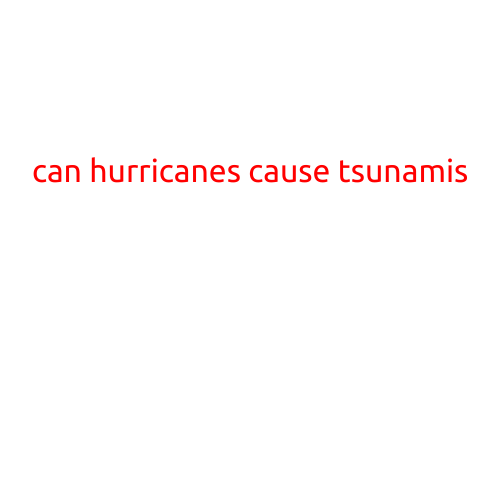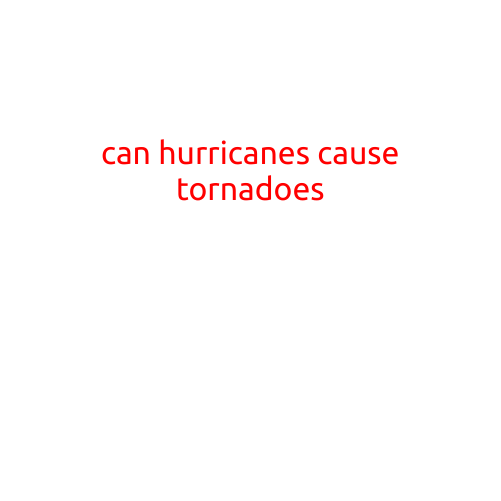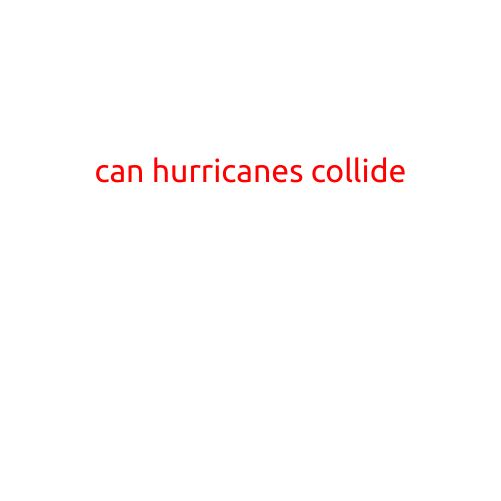
Can Hurricanes Collide?
Hurricanes are powerful tropical cyclones that form over the world’s oceans, bringing strong winds, heavy rainfall, and storm surges to coastal regions. While they are powerful systems, hurricanes do not typically interact with each other in a way that would cause them to “collide” in the classical sense. However, hurricanes can have a significant impact on each other’s paths and intensities through a process known as “interaction.” In this article, we’ll explore whether hurricanes can collide and what happens when they do.
What is interaction between hurricanes?
Interaction between hurricanes occurs when two or more hurricanes move into close proximity, influencing each other’s tracks, sizes, and intensities. This can happen through a variety of mechanisms, including:
- Tangle of winds: When two hurricanes move towards each other, their winds can become tangled, creating a complex pattern of wind flows. This can lead to changes in the direction and speed of the winds, affecting the storms’ tracks and intensities.
- Evaporation and moisture: Hurricanes absorb moisture from the ocean and atmosphere, which fuels their growth and intensity. When two hurricanes interact, the increased evaporation and moisture release can enhance the storms’ intensity or even merge them into a single, more powerful system.
- Wind shear: Wind shear, which occurs when winds change direction and speed with height, can influence the movement and strength of hurricanes. When two hurricanes interact, the wind shear can disrupt their paths, leading to changes in their tracks and intensities.
Do hurricanes ever collide?
In rare cases, two hurricanes can collide or merge, resulting in a more powerful storm system. This phenomenon is known as “hurricane merger” or “hurricane interaction.” However, it’s important to note that hurricanes do not collide in the same way that two solid objects would.
Examples of hurricane interaction and merger
There have been several instances where hurricanes have interacted or merged, leading to significant changes in their paths and intensities. Some notable examples include:
- Hurricane Patricia and Hurricane Olaf (2015): These two hurricanes moved towards each other in the eastern Pacific, leading to a surge in intensity and a merged storm system that brought sustained winds of over 150 mph.
- Hurricane Sandy and Tropical Storm Pablo (2012): These two storms interacted in the Atlantic, causing Sandy to weaken as it absorbed energy from Pablo’s circulation.
- Hurricane Dennis and Tropical Storm Arlene (2005): These two storms merged over the Gulf of Mexico, resulting in a more powerful storm system that brought heavy rainfall and strong winds to the eastern United States.
Conclusion
While hurricanes do not typically collide in the classical sense, they can interact with each other through various mechanisms, including tangle of winds, evaporation and moisture, and wind shear. In rare cases, hurricanes can merge or collide, leading to significant changes in their paths and intensities. Understanding hurricane interaction and merger is crucial for accurate forecasting and preparation efforts for these powerful storms.
